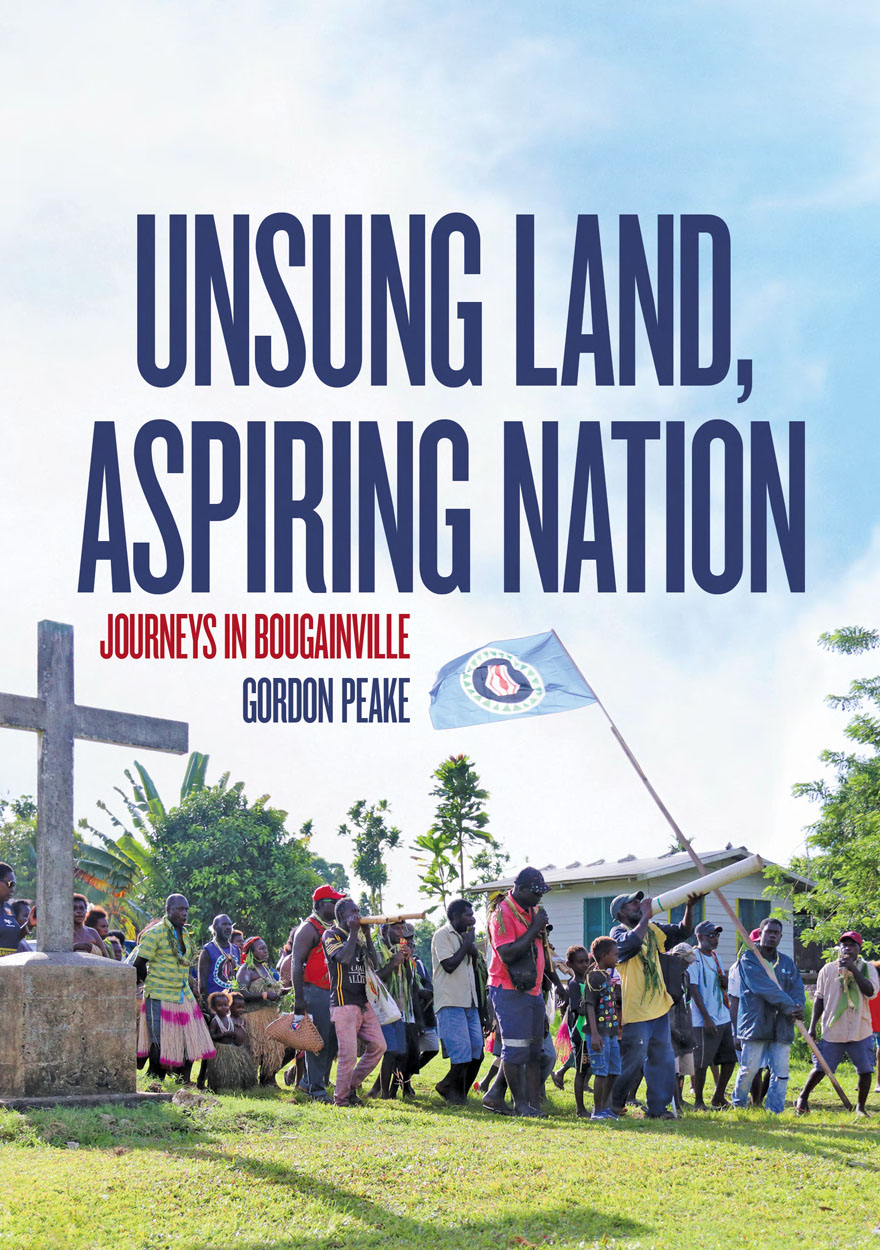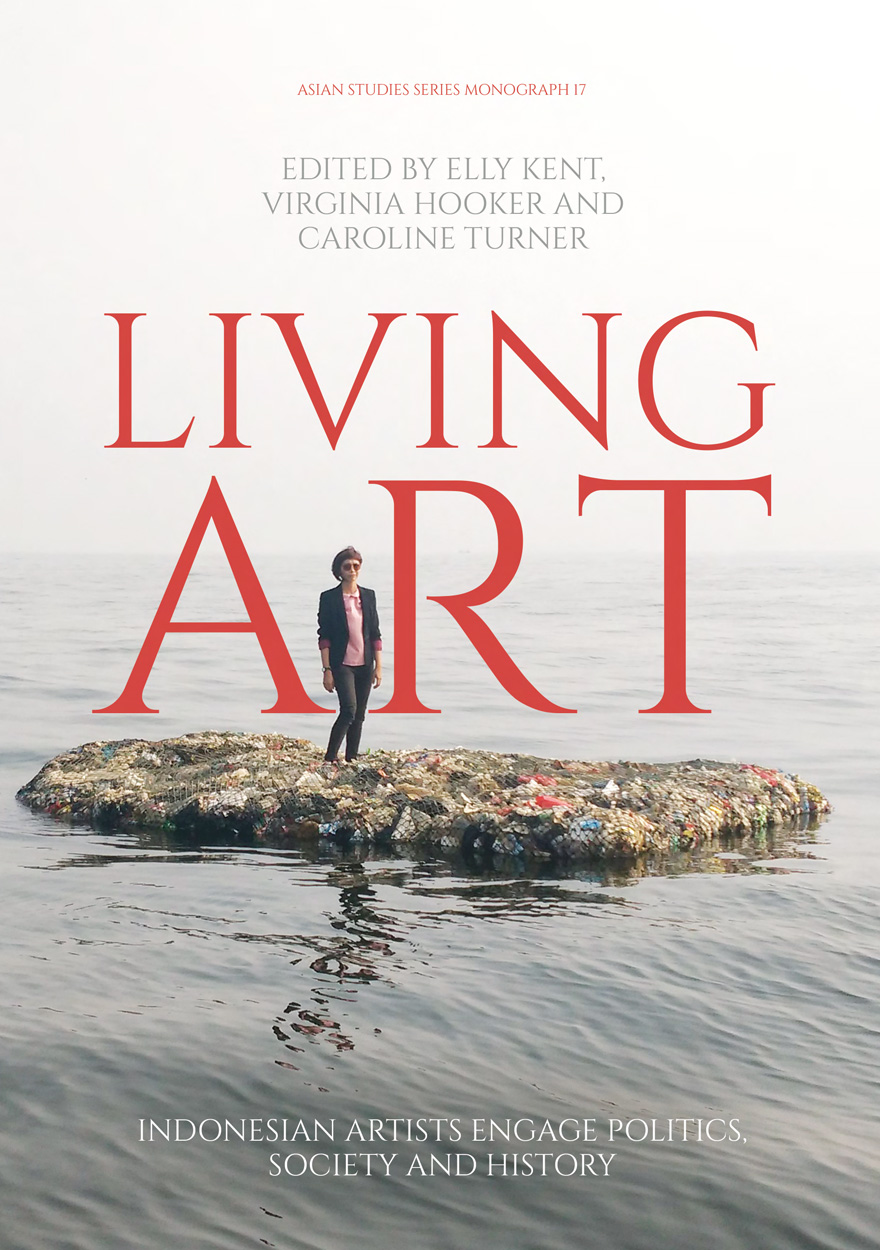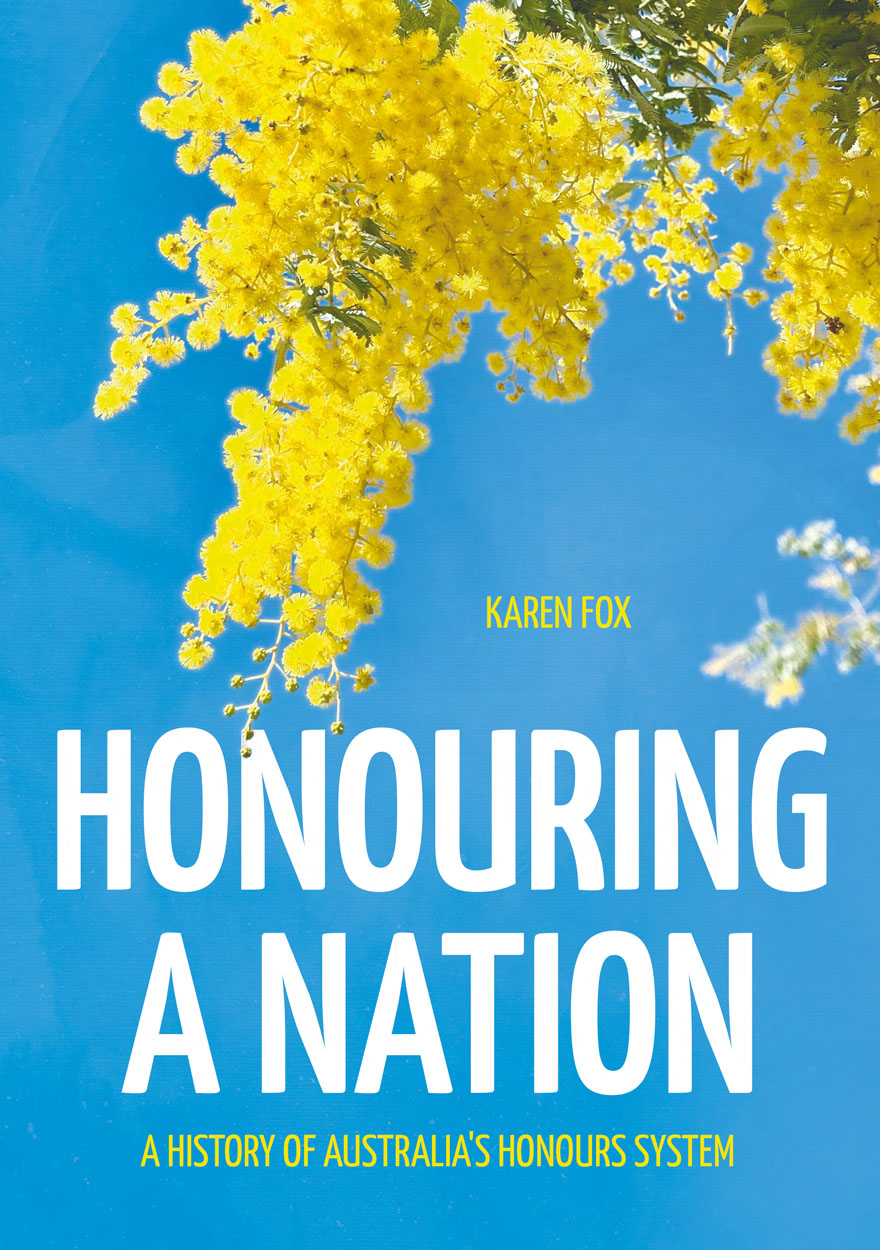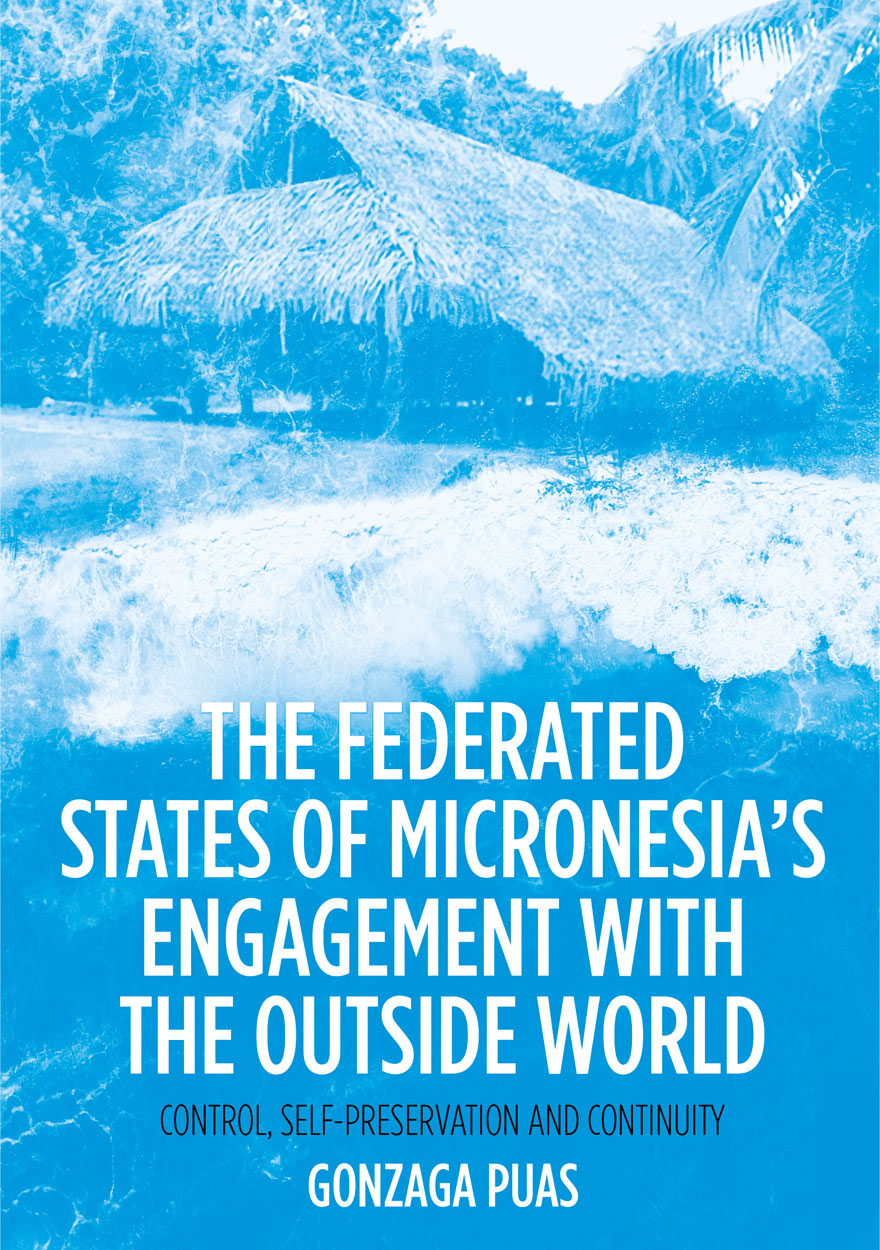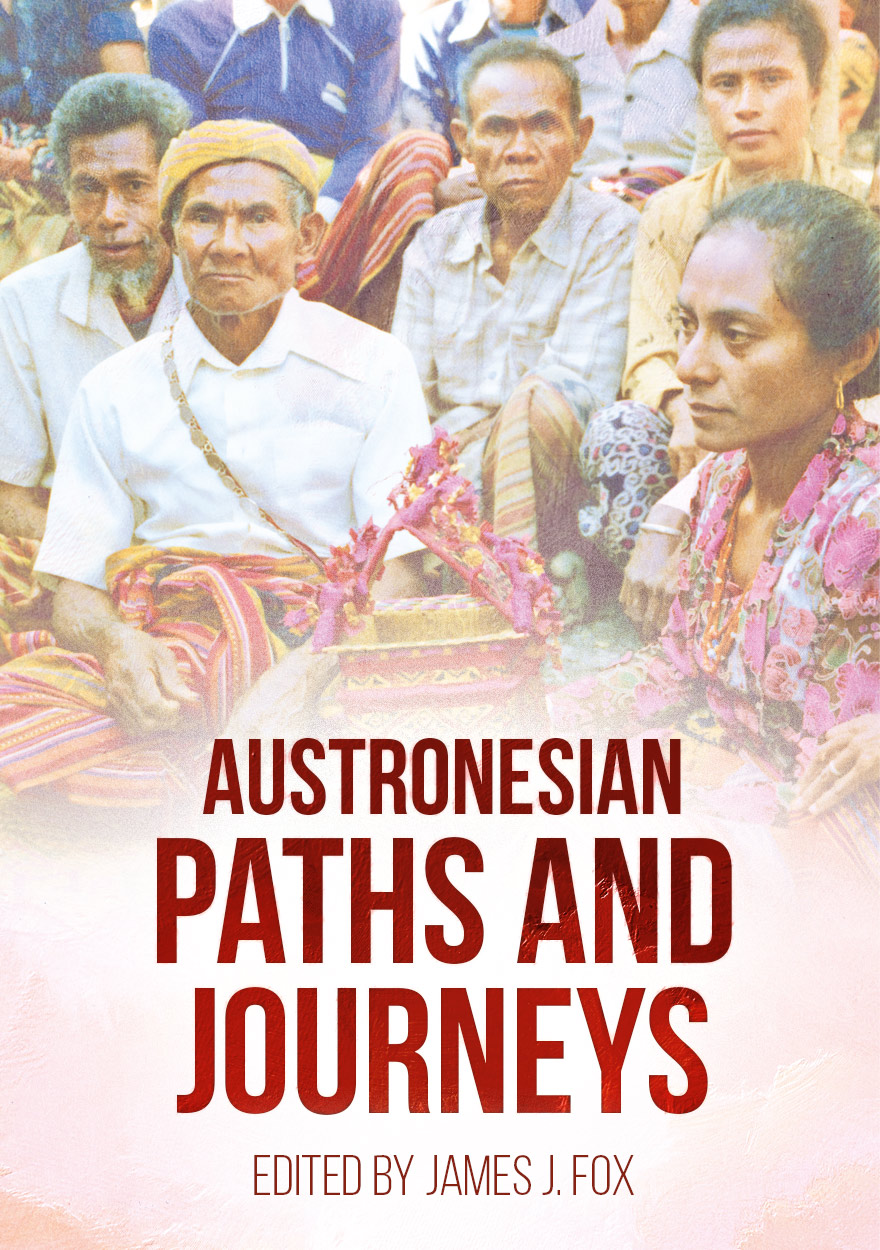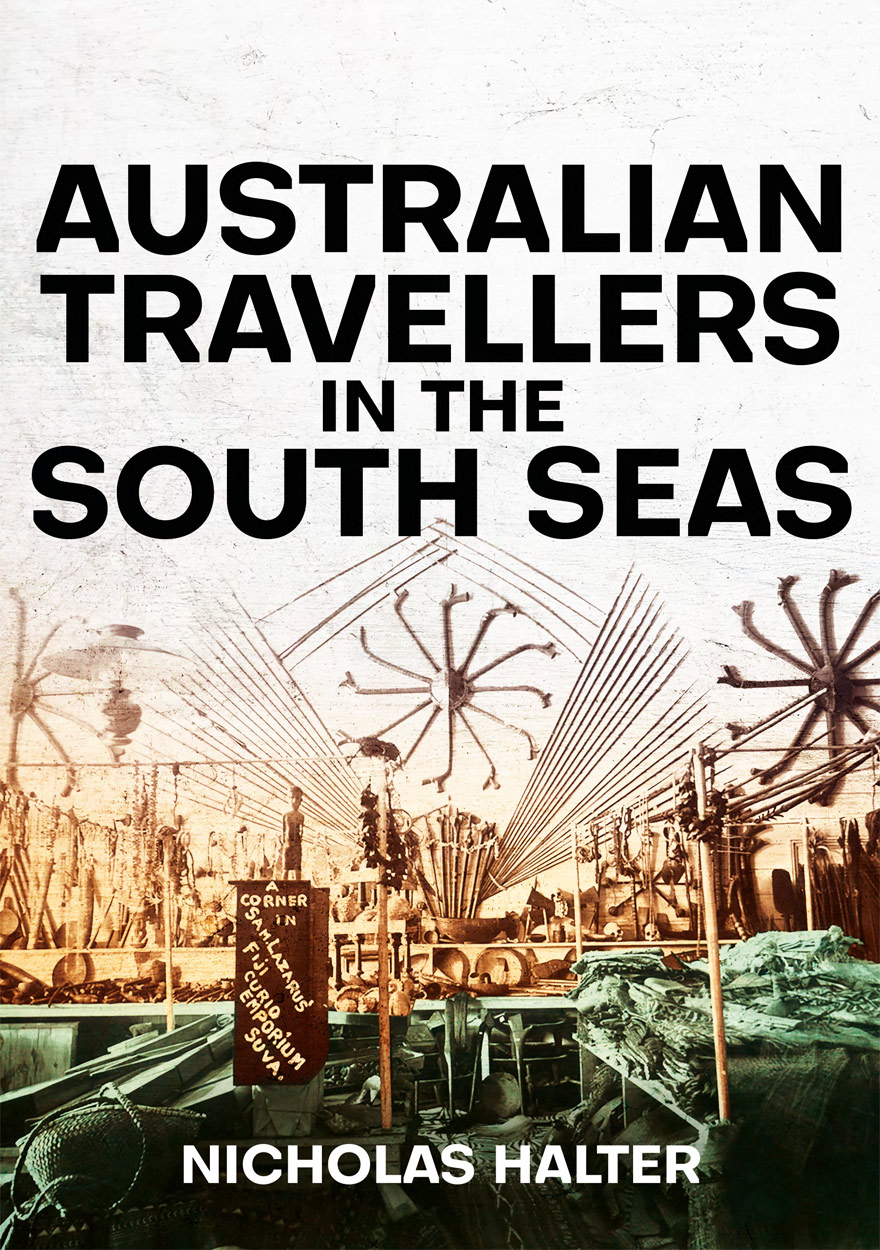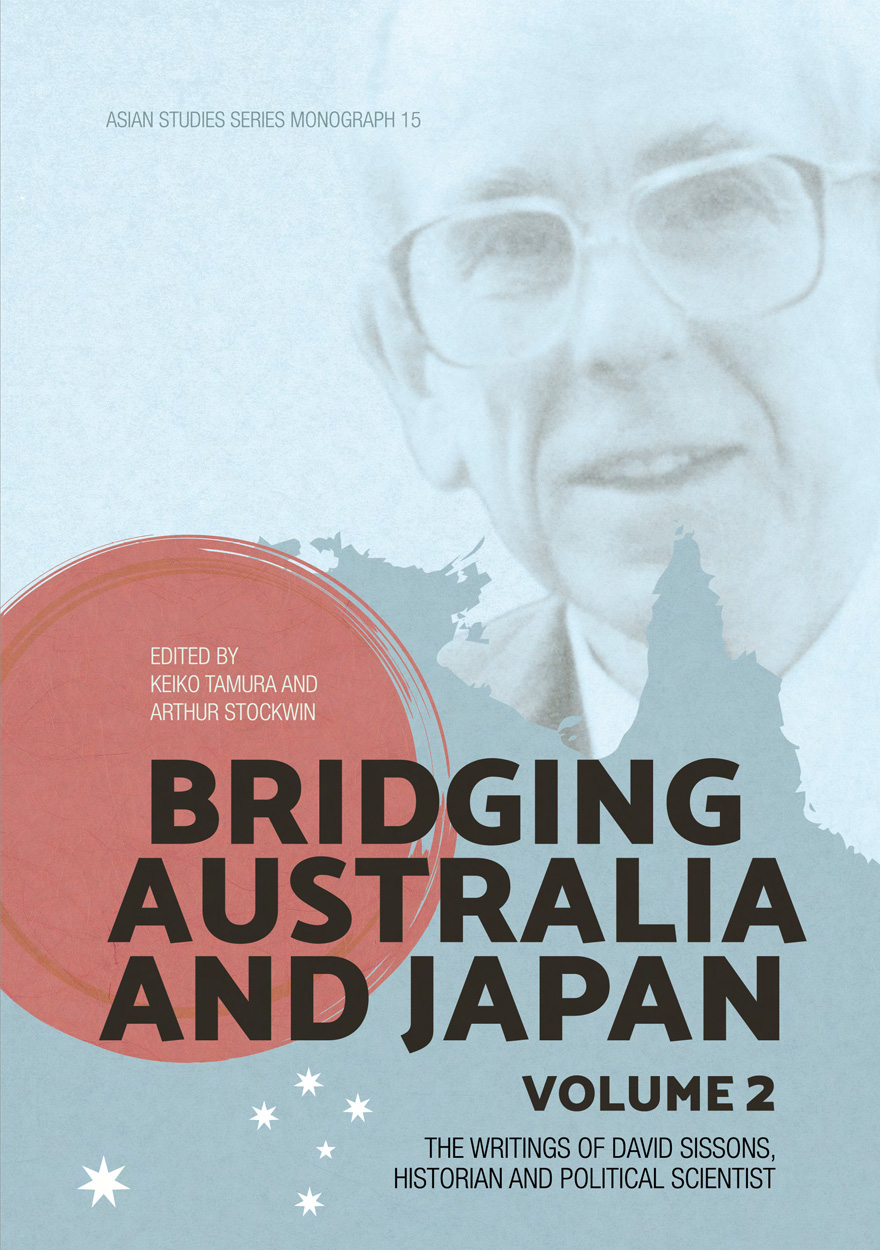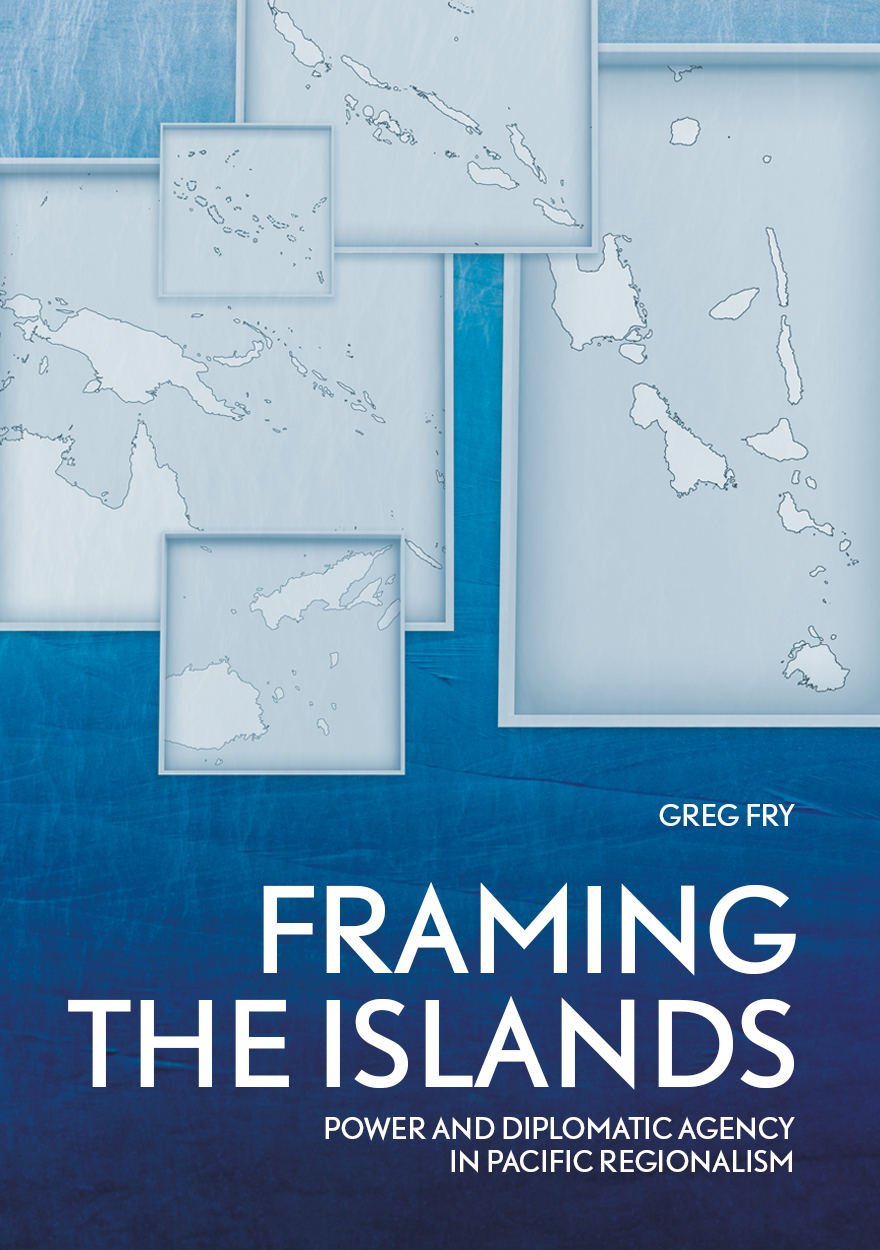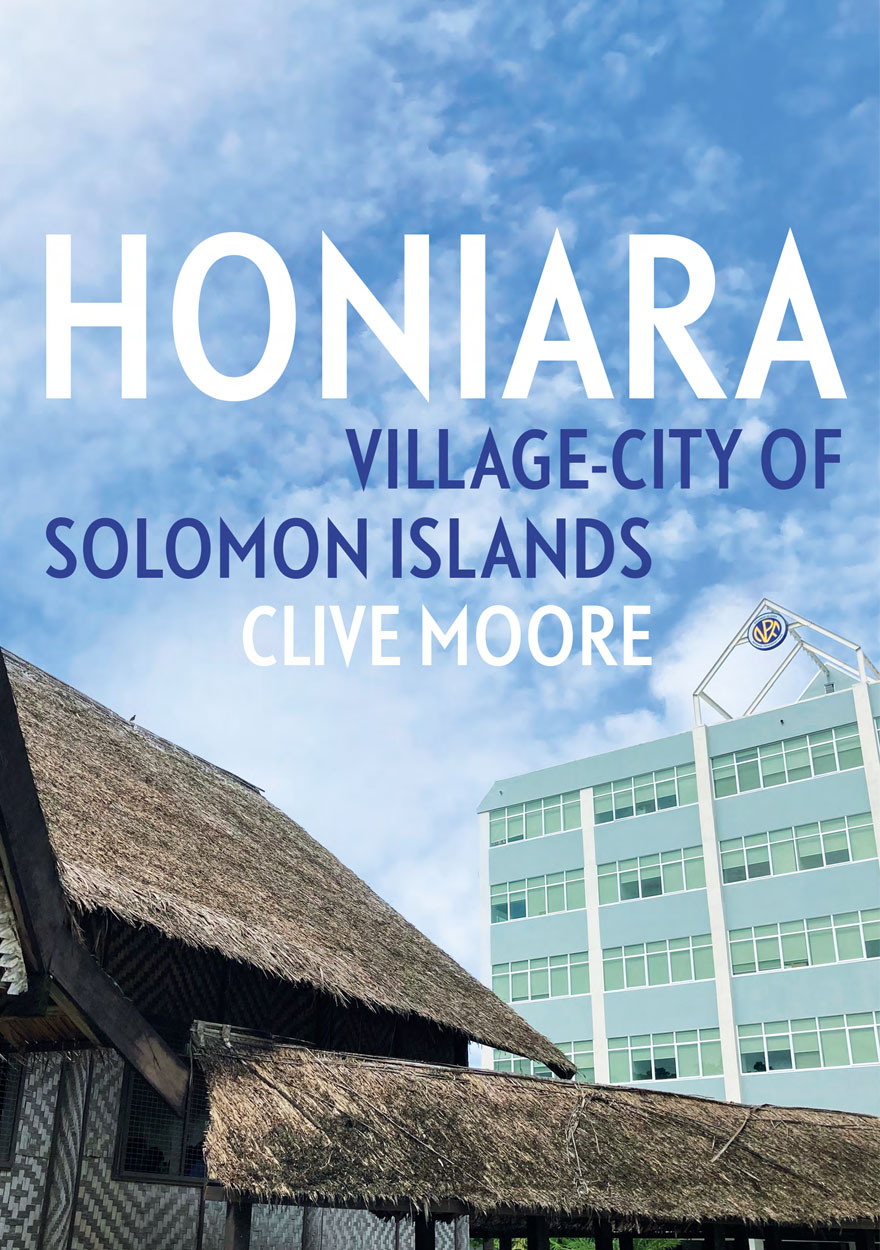
Honiara
Village-City of Solomon Islands
Authored by: Clive MoorePlease read Conditions of use before downloading the formats.
Description
Nahona`ara—means ‘facing the `ara’, the place where the southeast winds meet the land just west of Point Cruz. Nahona`ara became Honiara, the capital city of Solomon Islands with a population of 160,000, the only significant urban centre in a nation of 721,000 people.
Honiara: Village-City of Solomon Islands views Honiara in several ways: first as Tandai traditional land; then as coconut plantations between the 1880s and 1930s; within the British protectorate (1893–1978) and its Guadalcanal District; in the 1942–45 war years, which created the first urban settlement; in the directly post-war period until 1952 as the new capital of the protectorate, replacing Tulagi; and then as the headquarters of the Western Pacific High Commission (WPHC) between 1953 and 1974. Finally, in 1978, Honiara became the capital of the independent nation of Solomon Islands and the headquarters of Guadalcanal Province.
The book argues that over decades there have been four and sometimes five changing and intersecting Honiara ‘worlds’ operating at one time, each of different social, economic and political significance. The importance of each group—British, Solomon Islanders, other Pacific Islanders, Asians, and more recently the 2003–17 presence of the Regional Assistance Mission to Solomon Islands (RAMSI)—has changed over time.
Details
- ISBN (print):
- 9781760465063
- ISBN (online):
- 9781760465070
- Publication date:
- May 2022
- Imprint:
- ANU Press
- DOI:
- http://doi.org/10.22459/H.2022
- Series:
- Pacific Series
- Disciplines:
- Arts & Humanities: Cultural Studies, History
- Countries:
- Pacific: Solomon Islands
PDF Chapters
Please read Conditions of use before downloading the formats.
If your web browser doesn't automatically open these files, please download a PDF reader application such as the free Adobe Acrobat Reader.
To copy a chapter DOI link, right-click (on a PC) or control+click (on a Mac) and then select ‘Copy link location’.
- Preliminary pages (PDF, 0.2MB)
- List of figures (PDF, 0.1MB)
- List of maps (PDF, 0.1MB)
- List of plates (PDF, 0.1MB)
- List of tables (PDF, 0.1MB)
- Acknowledgements (PDF, 0.1MB)
- Acronyms and abbreviations (PDF, 0.1MB)
- A note on nomenclature (PDF, 0.1MB)
- Introduction (PDF, 1.9MB)
- Nahona`ara before 1942 (PDF, 4.0MB) doi
- Taem blong faet: Camp Guadal (PDF, 4.8MB) doi
- The new capital (PDF, 4.2MB) doi
- The other Honiara (PDF, 3.8MB) doi
- Municipal authority and housing (PDF, 6.7MB) doi
- Building infrastructure (PDF, 5.1MB) doi
- Building society and the nation (PDF, 7.9MB) doi
- Stepping-stones to national consciousness (PDF, 3.4MB) doi
- Since independence (PDF, 5.2MB) doi
- The village-city (PDF, 10.7MB) doi
Other publications that may interest you




